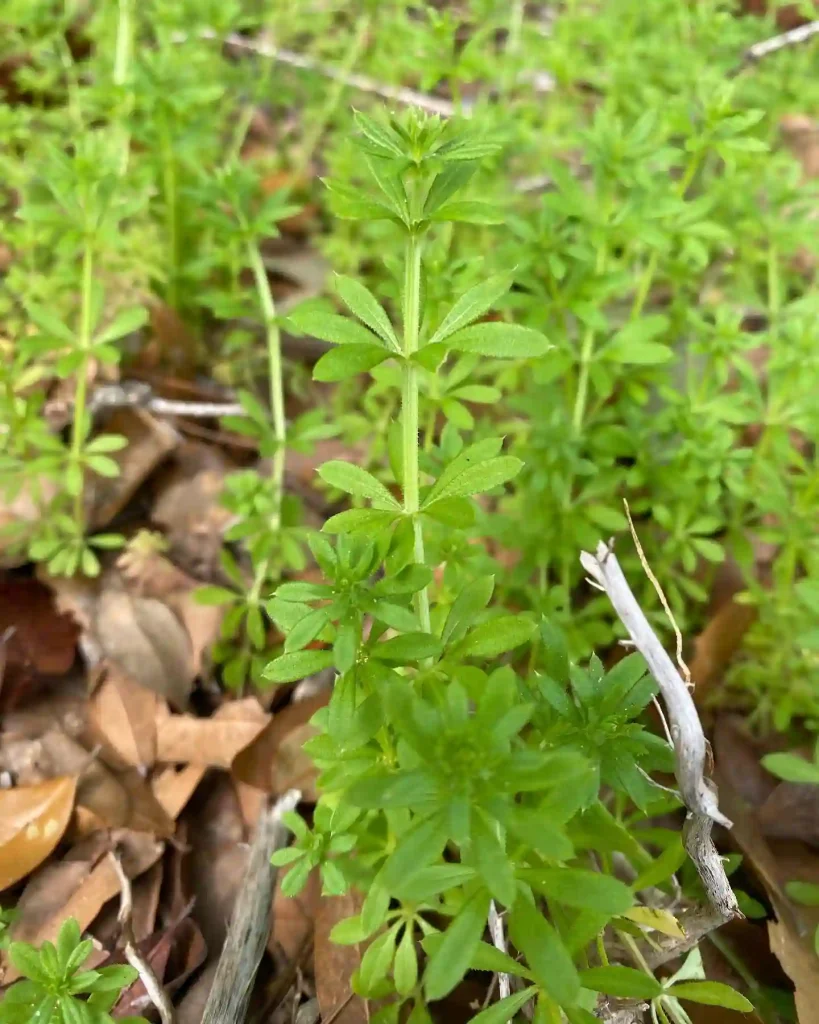What is Dioscorea Discolor?
Few houseplants can boast the captivating foliage of the Dioscorea discolor. This fast-growing, vibrantly colored vine native to Ecuador and Brazil isn’t your average houseplant. Its mesmerizing, heart-shaped leaves boast a rich tapestry of colors – deep emerald greens interweave with pale jade and splashes of white, all accented by a silvery midrib. The underside, a stunning revelation in itself, reveals a captivating reddish-purple hue.
635 Species in Genus Dioscorea
But the Dioscorea discolor isn’t just a pretty face. This tropical wonder thrives on growth, easily reaching 10-12 feet in a single season. As a member of the yam family (Dioscoreaceae), it produces tubers underground, though unlike its edible cousins, these aren’t meant for consumption.
Intrigued by the prospect of adding this dazzling vine to your indoor jungle? Here’s a comprehensive guide to cultivating and nurturing your very own Dioscorea discolor:
How to care for Dioscorea Discolor?
Light Requirements: Imagine a rainforest canopy, dappled sunlight filtering through the lush foliage. That’s the ideal light situation for your Dioscorea discolor. Bright, indirect light is key. While it can tolerate some direct sun, especially outdoors in cooler climates, acclimatization is crucial to avoid scorching. South-facing windows are perfect for this.
Water Woes? Not Here: As a tropical native, your Dioscorea discolor enjoys consistent moisture. Aim for evenly moist soil, allowing the top inch to dry slightly between waterings. Avoid soggy conditions, as this can lead to root rot.
Thriving in Warmth: This isn’t a plant for the chilly corner. Aim for temperatures between 65-80°F (18-27°C). Drafts and sudden temperature fluctuations can stress the plant.
Feeding Frenzy: During the active growing season (spring and summer), a balanced fertilizer diluted to half strength can be applied every two weeks. Opt for a fertilizer formulated for foliage plants.
Climbing High: Remember, this is a vine! Provide a sturdy trellis or moss pole for it to climb and showcase its cascading beauty. As it grows, gently guide the stems to wrap around the support.
Humidity Haven: Mimicking the humid rainforest environment is crucial for optimal Dioscorea discolor health. Group it with other humidity-loving plants or invest in a humidifier. Misting regularly is also helpful, but ensure proper ventilation to prevent fungal diseases.
Potting Up: Choose a pot with drainage holes slightly larger than the root ball. A well-draining potting mix formulated for aroids is ideal. Repotting is typically only necessary every 2-3 years, or when the plant outgrows its current container.
Pruning for Perfection: Regular pruning encourages bushier growth and keeps the vine under control. Pinch off new growth tips to promote lateral branching. Remove any dead or damaged leaves as needed.
How to Propagate Dioscorea Discolor?
There are two main methods for propagating your Dioscorea discolor: stem cuttings and tuber division.
- Stem Cuttings: During the active growing season, take stem cuttings with at least 2-3 nodes. Dip the cut end in rooting hormone (optional) and plant in a pot with moist, well-draining potting mix. Maintain consistent moisture and place the pot in a warm, brightly lit location (indirect light). Once roots develop, gradually introduce the new plant to your desired environment.
- Tuber Division: When repotting a mature Dioscorea discolor, you might find tubers growing underground. These can be carefully separated and planted in individual pots with fresh potting mix. Ensure each tuber section has at least one “eye” (growth point) for successful propagation. Water sparingly until new growth appears.
What to Plant with Dioscorea Discolor?
The Dioscorea discolor thrives when surrounded by other plants that share similar needs. Here are some ideal companions:
- Monstera Deliciosa (Swiss Cheese Plant): This fellow climber enjoys similar light and humidity requirements and can create a stunning visual contrast with its large, glossy leaves.
- Philodendron Birkin: This stunning Philodendron boasts variegated foliage that complements the Dioscorea discolor’s vibrant hues. Both require consistent moisture and thrive in warm, humid environments.
- Alocasia Zebrina (Zebra Plant): The Zebra Plant’s striped foliage adds a touch of whimsy to the Dioscorea discolor’s bold tapestry. Both appreciate a well-draining potting mix and consistent moisture.
By following these guidelines, you can cultivate a thriving Dioscorea discolor that will become a captivating centerpiece in your home. Remember, this fast-growing vine thrives on regular attention. Consistent watering, occasional fertilization, and misting to maintain humidity will reward you with a cascade of vibrant foliage that will transform any space into a lush, tropical paradise. With a little TLC, your Dioscorea discolor will not only survive but flourish, its captivating beauty a testament to your dedication as a plant parent.
If i die, water my plants!



